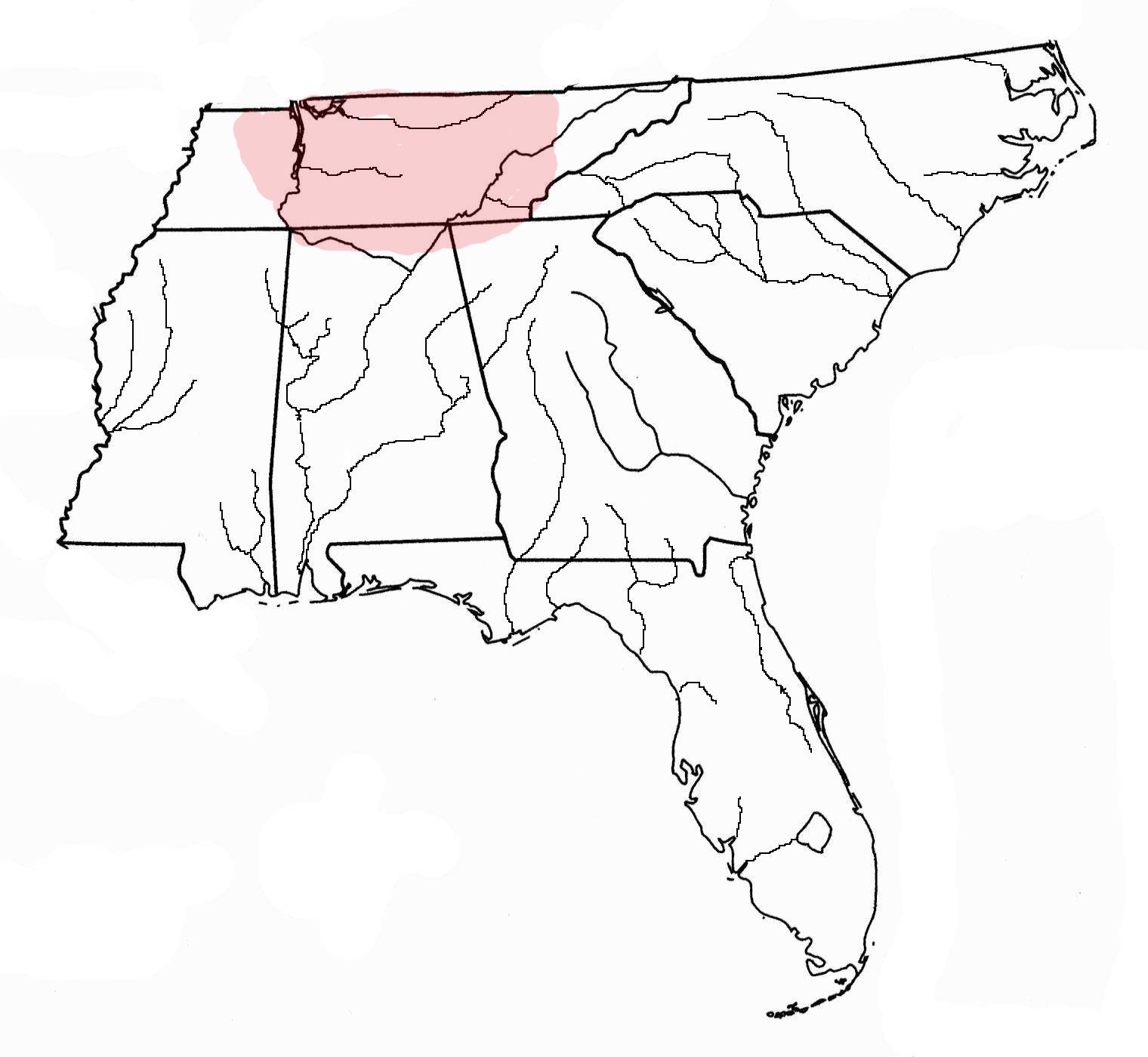Name: Examples of this type were first reported and named by David Hulse in 1964 from Knight Island in the Wheeler Reservoir of the Tennessee River. The type seems to be related to the Damron point.
Age: Examples of the Knight Island point are often found on Late Woodland sites in northern Alabama. One example from Hardin County, Tennessee was recovered from the three-foot level that also produced Mississippian point types. Cambron suggested that the Knight Island point may date with a radiocarbon date of 1056+/-250 secured by Ritchie (1961) for Jacks Reef Corner Notched points at the White site in Norwich, New York may be applicable for Knight Island points as well.
Description: The Knight Island is a medium-sized, thin, side-notched point. Ten examples of this type from Alabama measured between 49 and 60mm with an average length of 49mm. The cross-section is usually flattened and the shoulders are usually straight with an excurvate blade edge and an acute distal end. The blade is developed through broad, shallow, random flaking. The side-notches are formed by the removal of broad flakes, then are finely retouched. The deep side-notches appear 3 to 4mm above the basal edge. The basal edge is usually straight, thinned and may be lightly ground.
Distribution: The recovery of these points seems to focus on central and western Tennessee and northern and northwestern Alabama.

Information for this article was derived from James W. Cambron and David C. Hulse, Handbook of Alabama Archaeology, Alabama Archaeological Society